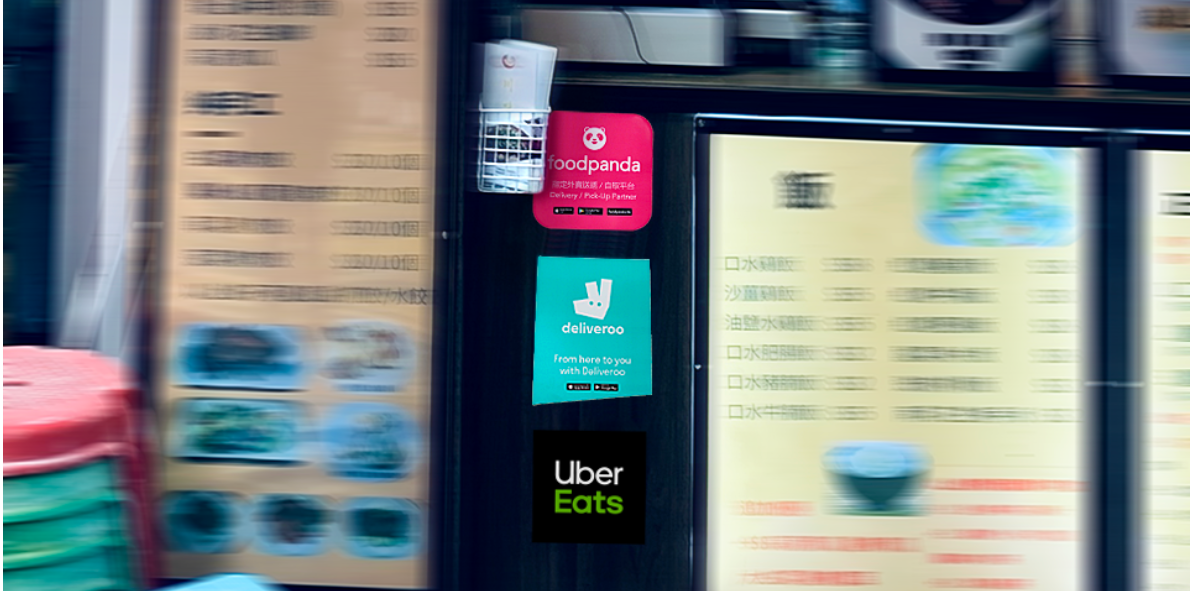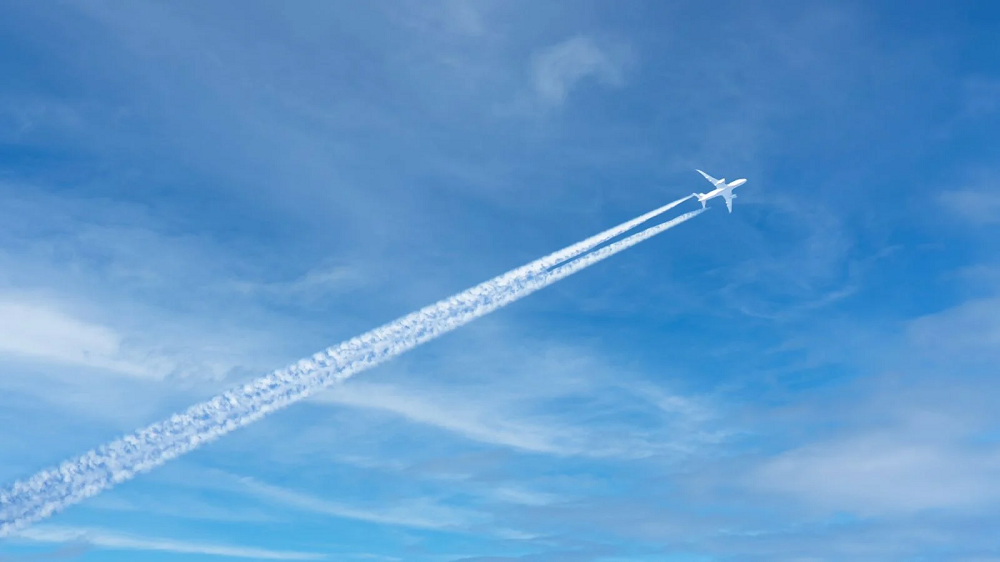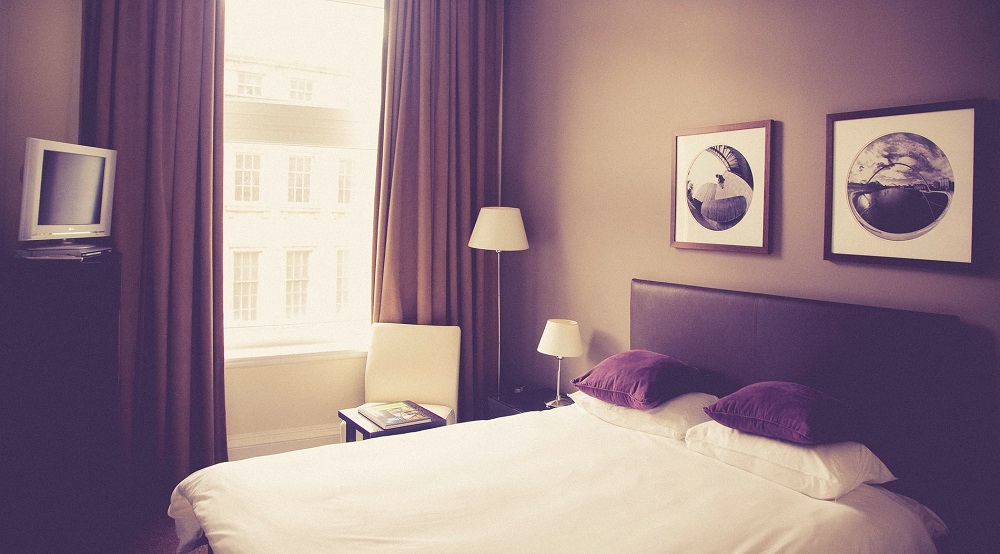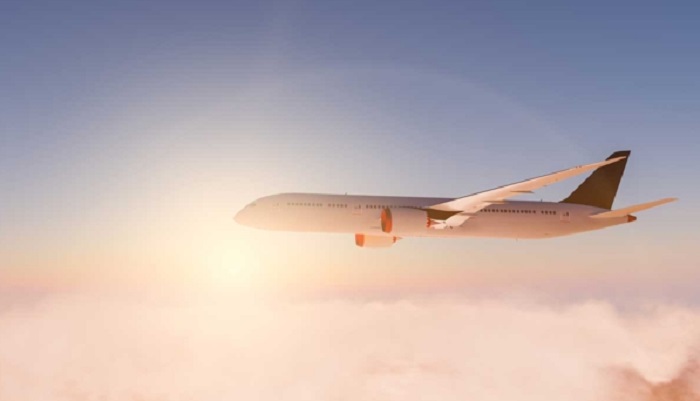US Airlines have a major role to play at Thanksgiving transporting literally millions of travelers across the country to reconnect with families and friends at one of the most important times of the year. 2020 was, despite the best intentions of everyone, not a good year for travel and many would-be travelers were advised to stay at home. Fortunately, 2021 is shaping up to be very different as airlines are ramping up for a busy week. It could even be better than 2019 for some!
During “normal” years, hotel development delays are common due to construction problems, permit issues, or some other minor situation solved by bumping an opening date. In these “pandemic years,” plenty of opening delays have also come from hotels unwilling or unable to operate amid lockdown restrictions or find adequate staffing to service a property during its ramp-up. Those types of delays, along with limited cancellations of planned projects, have contributed to Europe’s hotel pipeline reaching historic highs for the next three years.
After more than 200 days the world’s most lucrative international market reopens, with full access for travellers flying between the United States and its major trading partners in Europe finally open. It may be symbolic of the industry in recovery and indeed many airline CEO’s are today flying in one direction or the other seeking valuable soundbites in this week’s press. More importantly, in November and December 2019, revenues of some US$2.8 billion were generated and every airline will be hoping that the pent-up demand generates that type of cash straight away. If only...
U.S. hotel performance for 24-30 October was neither a trick or treat as occupancy dropped to a 25-week low of 58.9% after coming in at 63.9% in the prior week. The decrease was anticipated due to Halloween, which always negatively impacts demand. The decline was most pronounced on the weekend, given that the holiday was on Sunday. Weekend occupancy tumbled down by 10 percentage points week on week versus three percentage points during the remaining days.
As the IATA Winter Season starts there is plenty of good news around the globe with markets reopening and new air services being launched in many markets. All of this is great news for the Australian cricket team who seem on their way home from the UAE this week with nationals once again allowed to travel overseas; there is no truth that they will have a personal butler for their trip home, they had that on Saturday!
For the week ending 23 October, U.S. hotel occupancy tumbled slightly to 63.9% from 65.0% in the previous week. The decline was driven mostly by a weaker Sunday, down five percentage points week on week, after Sunday had driven the previous week’s performance due to the Columbus Day holiday. The weekend was also soft, falling two percentage points after dropping one percentage point in the previous week. There is good news, however. Monday through Thursday occupancy improved for a third consecutive week, which we believe is a result of rising business travel.
STR’s latest 51-chart map shows a variety of recent national/regional trends as well as the general pace of the industry’s continued recovery. During the early weeks of autumn, revenue per available room (RevPAR) on a total-room-inventory (TRI) basis looked like 2019 for more markets. For the four weeks ending 16 October, 18 states outperformed their comparable 2019 RevPAR. That number was down from 21 states last month, but if we widen to “close misses” (i.e., an index score of 90 or higher), 37 states showed at least respectable returns toward their normal RevPAR.
New research from ForwardKeys reveals that flight bookings to the USA have soared following two announcements that the destination would reopen to vaccinated foreign travellers in November. By mid-October, weekly bookings exceeded 70% of pre-pandemic levels. The first announcement was made on 20th September, when the White House said that visitors from the United Kingdom, Ireland, the 26 Schengen countries, China, India, South Africa, Iran and Brazil would be allowed to enter the USA, without being subject to quarantine, provided they were fully vaccinated.
The Columbus Day holiday propelled U.S. occupancy to 65.0% for the week ending 16 October. That level was the country’s highest since mid-August and surpassed the levels seen during the weeks of Memorial Day and Labor Day. This was also the 11th week since June that occupancy reached or surpassed 65%. The week-on-week gain in demand came almost entirely from Sunday with other weekdays providing much less improvement.
Through a long and patient period of attempting to stamp out COVID-19 outbreaks dating back to March 2020, China has seen its domestic airline capacity rise consistently, with only a few short-lived dips. The major dip was seen last February and followed by another in August. By March of 2021, the country had exceeded pre-pandemic domestic airline capacity and was flying at more than 20% above 2019 airline capacity levels through the summer.
Opening a hotel amid even normal times is a challenge. But these times are anything but ordinary. For The Rockaway Beach Hotel, in Queens, NY, opening last fall was compounded by a raging global pandemic and a resultant labor crunch. According to HotStats data, labor costs globally are on the rise, but still below their 2019 levels. In the U.S., total hotel payroll on a per-available-room basis sat at $52.99 in August 2021 and has been on a steady incline since the beginning of the year—now 62% of 2019 levels.
Before the pandemic, air travel passenger numbers were on the rise, meaning busier airports and improved sales figures for travel retail companies. Such was the demand for pre-flight shopping that operators were renovating their airports to provide more retail space. However, the onset of the global health crisis left airports and their shops largely empty. Although the travel industry is now slowly recovering, it remains volatile and unpredictable – and companies are having to identify, make sense of, and adapt to new airport retail trends.
After a difficult winter, Brazil’s hotel occupancy is once again on the rise, reaching 44% in August 2021, or about 74% of the 2019 comparable. While occupancy recovery has been slow, the country’s rebound in average daily rate (ADR) has been strong, with monthly rates even exceeding 2019 levels earlier this year. August ADR reached BRL295.05, which was just 3.4% below 2019, as shifts in demand and supply have helped drive impressive ADR performance.
It seems that everything is positive for the aviation industry this week as more and more markets relax their Covid-19 restrictions and start to look forward to reopening their hotel doors. In many markets optimism is now flooding back, even Australia is beginning to plan for a reopening, New Zealand now increasingly looking isolated both geographically and in response to Covid-19. The United States finally announced a date for reopening access from major source markets although sadly with too short notice for some airlines that had already started cancelling services out to the middle of November.
When the COVID-19 pandemic upended the world’s travel activity in 2020, no transportation systems felt the effects more acutely than airports and airlines. Los Angeles International Airport (LAX), which ranked as the busiest origin-destination airport in the world prior to the pandemic, saw a staggering 96% drop in passengers in April 2020 as compared with the year prior.
Recent major sporting events in different corners of Australia produced differing performance impacts for the respective host markets. Perth realized its strongest revenue per available room (RevPAR) in five years during the AFL Grand Final, while performance during the NRL Grand Final in Brisbane was a bit more held back by COVID-19 restrictions. The AFL Grand Final was historic on two different fronts, with Melbourne FC ending a 57-year premiership drought and accommodation operators achieving their best night since early 2016.
The last seven days have felt like things are beginning to get back to some degree of normality. Airlines are once again recruiting for cabin staff, new routes are being announced, more countries are being removed from restricted travel lists around the world and even I’ve escaped the UK! The IATA AGM last week was naturally cautious in tone and, given the industry losses in the last two years, why would anyone expect otherwise and of course, commitments were made on sustainability. So, all good news then…
When booking a hotel room, guests are considering more factors than ever in deciding which property to call home in their destination. One of the many considerations is price, and by extension hotel class, which leads us to this latest analysis of occupancy on the books in London. Examining future occupancy levels by class allows for a better understanding of the traveler booking rationale for the upcoming months.
U.S. hotel industry demand retreated in the latest week of reporting (26 September-2 October), failing to align with a rise in TSA security screenings. Normally, we expect an uptick in air passengers to yield an increase in hotel demand. This week was an exception with occupancy slipping 1.5 percentage points to 61.7%. Both weekday and weekend demand sank with 27% of the week’s demand loss occurring on Thursday. On a total-room-inventory (TRI) basis, which accounts for temporarily closed hotels, weekly occupancy was 59.4%. A little more than 48,000 rooms remain temporarily closed, mostly in New York City, Orlando, and San Francisco.
At the very start of the global pandemic airlines had to make rapid – and major – adjustments to their flight schedules as demand fell away and travel restrictions prevented flying. Throughout the past 18 months airlines have remained ‘light on their feet', continually adjusting their schedules to optimise networks and capacity to meet travel demand as and when it occurs. The notion of planning an airline schedule for the next 6 months still seems like a distant memory but schedule volatility is improving.































































